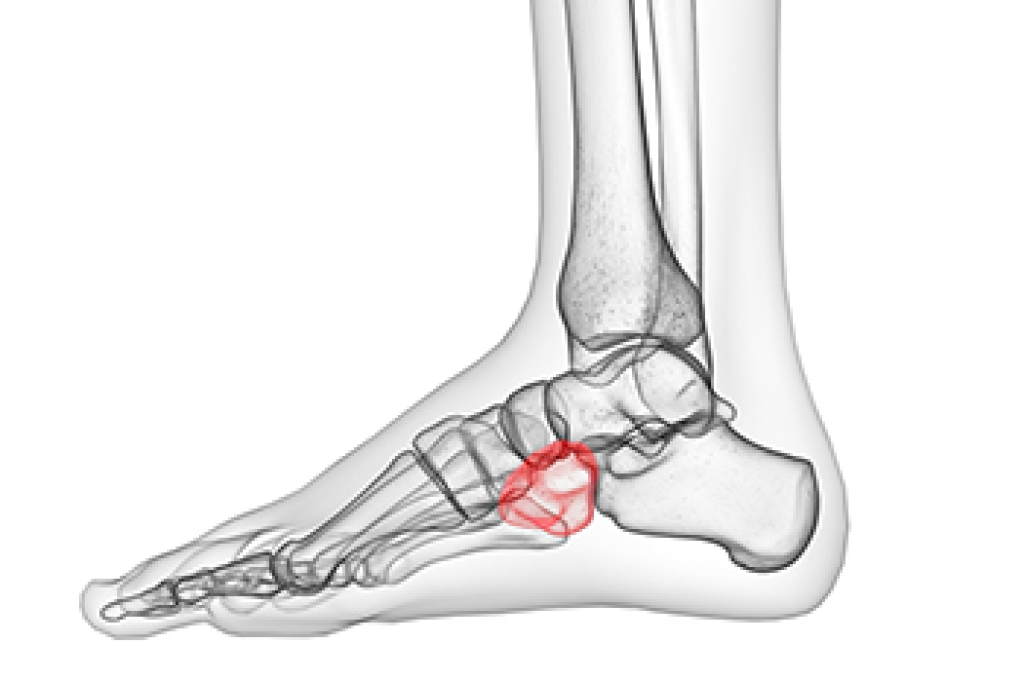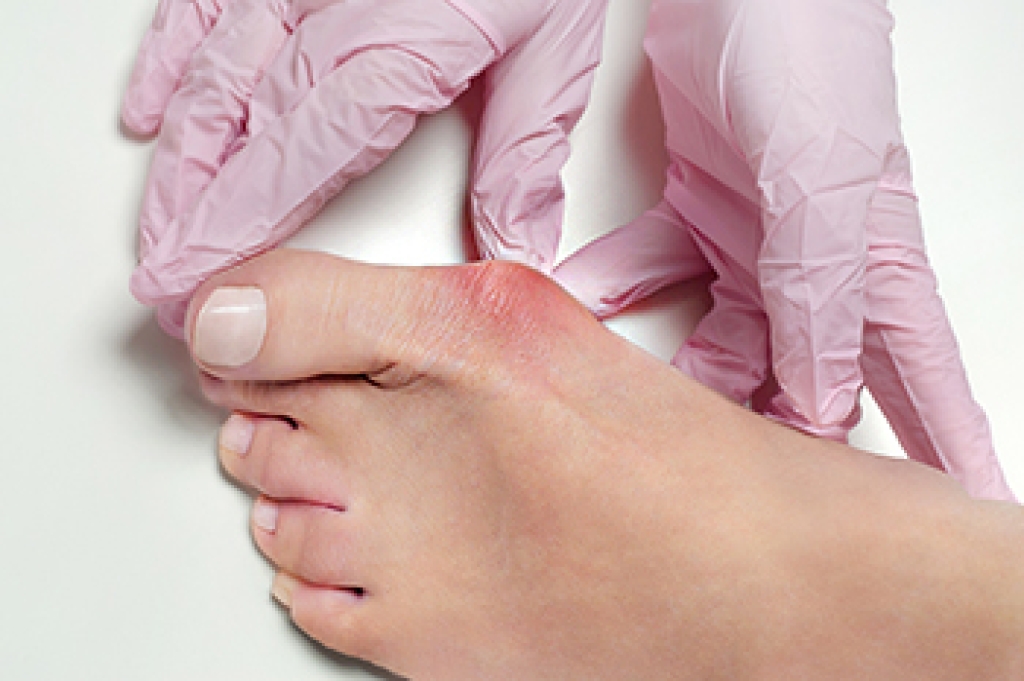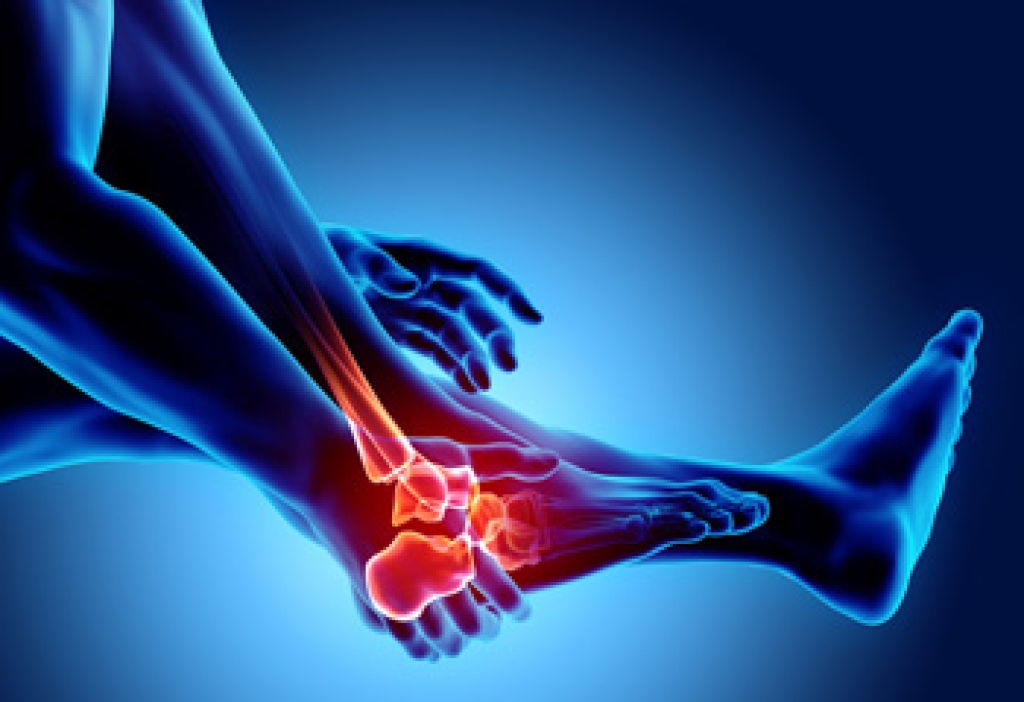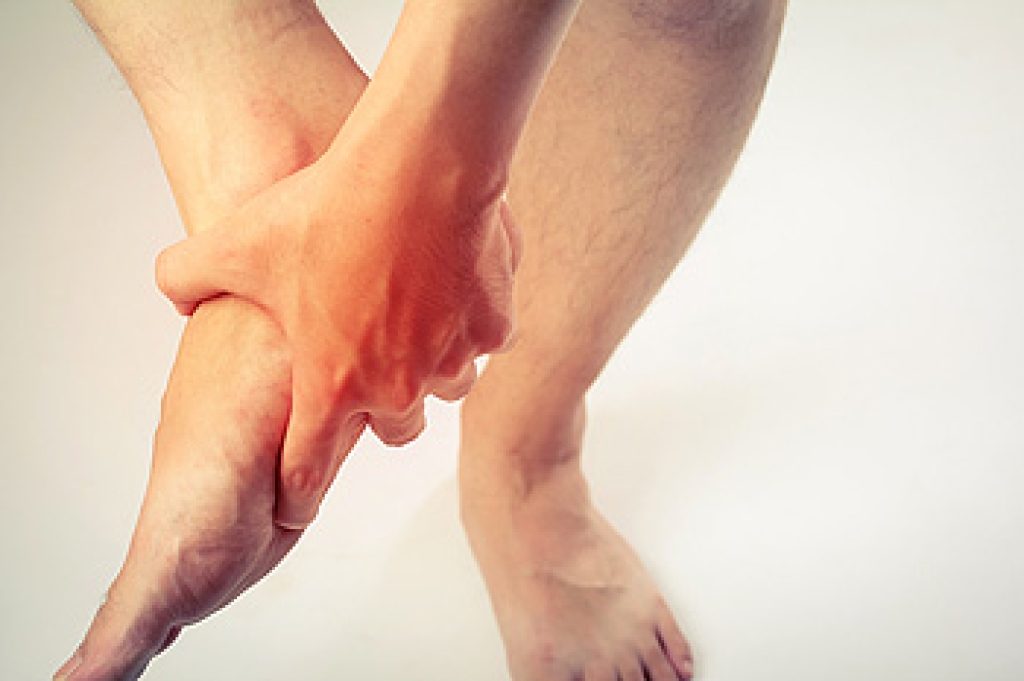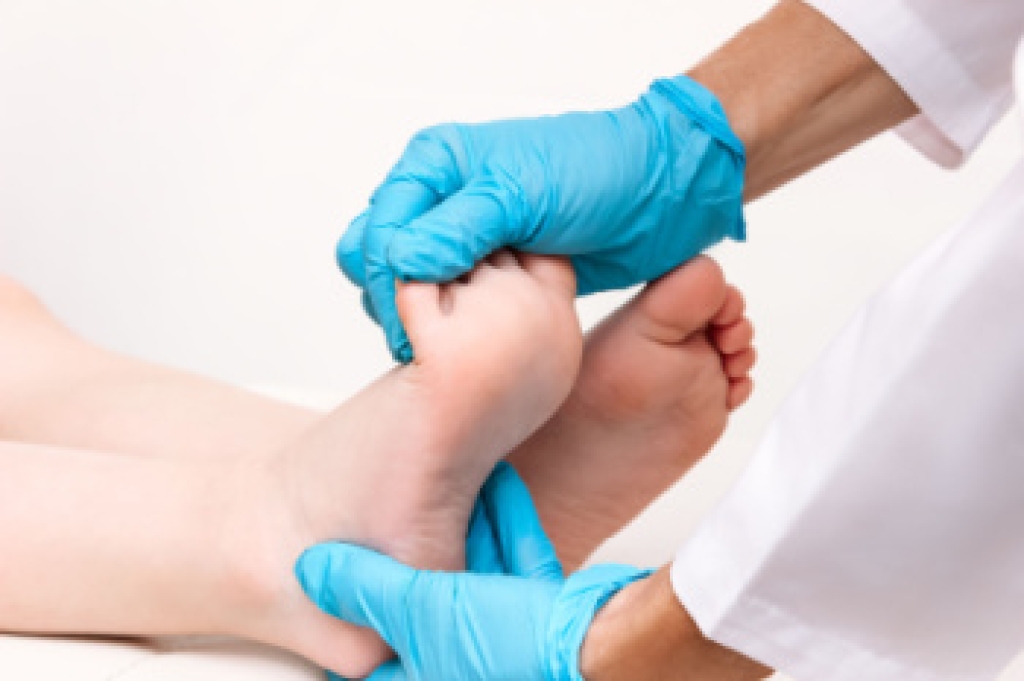
Children can develop various foot conditions like adults, including plantar warts, flat feet, heel pain, and ingrown toenails. However, these issues can have unique characteristics in children due to their growing bodies and active lifestyles. Normal bone and muscle growth changes in the legs during childhood can contribute to heel pain and flat feet. Additionally, children's active nature can lead to common problems like ingrown toenails and warts, often worsened by wearing tight-fitting shoes during growth spurts. Ingrown toenails can affect people of all ages but are prevalent among teenagers, possibly due to ill-fitting footwear, and resulting in infected ingrown toenails causing the skin to become red, swollen, and warm. Plantar warts, caused by a virus, often appear in children and young adults, resembling circular, thickened skin with tiny black dots. Flat feet, or pes planus, are common among children, generally resolving naturally but manageable with orthotics or arch supports to control pronation. Heel pain in children often relates to plantar fasciitis or Sever's disease, triggered by tight calf muscles and Achilles tendons during growth spurts. If your child has foot problems, it is suggested that you schedule an appointment with a podiatrist for a proper diagnosis and appropriate treatment for their situation. Early identification is important in ensuring children have healthy and pain-free feet as they grow and develop.
Making sure that your children maintain good foot health is very important as they grow. If you have any questions, contact Kent DiNucci, DPM of Ankle and Foot Clinic . Our doctor can provide the care you need to keep you pain-free and on your feet.
Keeping Children's Feet Healthy
Having healthy feet during childhood can help prevent medical problems later in life, namely in the back and legs. As children grow, their feet require different types of care. Here are some things to consider...
Although babies do not walk yet, it is still very important to take care of their feet.
Avoid putting tight shoes or socks on his or her feet.
Allow the baby to stretch and kick his or her feet to feel comfortable.
As a toddler, kids are now on the move and begin to develop differently. At this age, toddlers are getting a feel for walking, so don’t be alarmed if your toddler is unsteady or ‘walks funny’.
As your child gets older, it is important to teach them how to take care of their feet.
Show them proper hygiene to prevent infections such as fungus.
Be watchful for any pain or injury.
Have all injuries checked by a doctor as soon as possible.
Comfortable, protective shoes should always be worn, especially at play.
If you have any questions please feel free to contact our office located in Omaha, NE . We offer the newest diagnostic and treatment technologies for all your foot and ankle needs.
